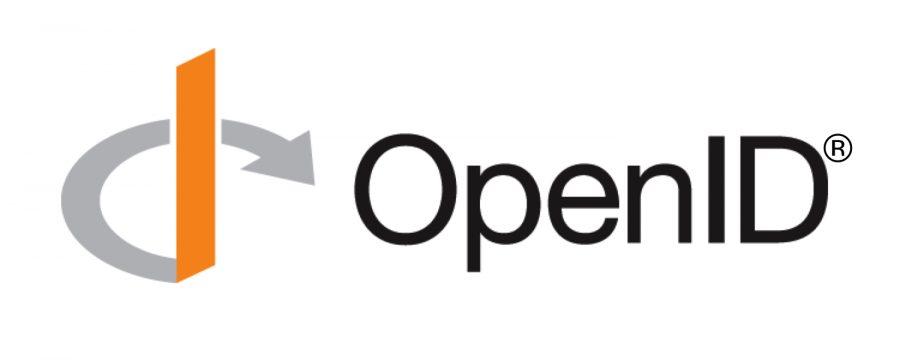A short history of Internet Identity
Control of your personal identity isn’t something the Internet is known for. It’s more famous for taking away control of your information and giving it to big companies can monetize it. Bitcoin blockchain technology promises to change that.
Those that know me know I’m a huge fan of Bitcoin…not because I get that excited about using it as a payment method, but because the fact that people perceive it as valuable enables a whole bunch of cool decentralized infrastructure. People can use and build on this decentralized infrastructure without permission, forming complicated business relationships, or facing the threat of a Facebook or Twitter shutting you down.
Broken record
There’s a concept in programming called DRY - “Don’t repeat yourself” - that says every piece of information should only exist once. Multiple copies of information make for a lot of work keeping them all the same and making sure they’re correct. By following the DRY principle, programmers can both be lazy and build systems that cost less money to build and test and are less prone to error.

Unfortunately, up until now, we don’t build systems that are DRY for consumers and end users. How many times have you signed up for a new site or app and been asked to pick a username, password, upload a profile pick, enter your location, fill out a bio and more? If you’ve over the age of 5, the answer is many, many, many times.
And it’s not just apps, people who are interviewed by publications, write guest posts or speak at events are constantly asked to send a profile pic, short bio and social media information for companies to post on their own sites. It’s busy work of the type that people with means hire secretaries and virtual assistants to avoid.
Profile this
How many times have you updated your profile pic or bio on Facebook or Twitter? Did you reach out to all of those other places on the Internet where you’ve provided profile pics and bios and update those too? I didn’t think so…no one does…there are too many!
A few projects have tried to solve this problem: Gravatar, owned by Wordpress, is a central repository that tries to solve it for people with email addresses…something much of the world who are mobile first will likely never need or have.
The walled-garden social giants like Facebook, Twitter and Tencent all have some version of a centralized single sign system where their users can share information with you. Great as long as willing to agree to their one-sided, constantly changing often draconian Terms of Service and have your users’ stalked across the Internet. Good luck if your content or politics offends them or the governments to which they answer.

Another project was called i-names. Their business model can be summed up as “like domain names but for people”. Each person was supposed to buy a username for $12 per year and use to log on to 3rd party sites. It was great idea…except that getting users who can’t even be bothered to pay $0.99 for an app to spend $12 for a username was never going to happen. It also didn’t help that the project was a partnership with a onetime US military contractor.
One of the more successful projects was OpenID. It started out as a simple standard where a user could log on with a web address. Initially there was a lot of interest because it saved developers from having to spend time developing user management systems. It gained enough traction to get the attention of companies like Google and Yahoo who embraced and extended it but ultimately failed to go mainstream at least three reasons. It was confusing to represent users by website addresses, logging in required lots of redirecting between different sites, increasing the points of failure and risk of phishing and sites started using whitelists and only accepting logins from well-known (ie. known stable) OpenID providers.

Imagine my excitement when I happened upon the team at Onename. +ryanshea and +muneeb noticed, like others before them, that Bitcoin technology, specifically the Namecoin blockchain, is a great candidate for solving the disaster that is Internet identity. Unlike those before them, they understood product, marketing, and user experience in a very Apple like way: incredibly useful technology is worthless if it looks ugly, works poorly, isn’t easy to use and doesn’t make its value proposition clear for normal humans that have better things to do than hang out in technical forums and mailing lists.

+ryanshea and +muneeb created Openname, recently renamed to Passcard, a digital passport secured by Bitcoin. Each Passcard has a username, called a +passname, and a profile with information like a profile pic, name, location, bio and social media properties. Anyone can build on Passcard without permission and each user is in total control of the information she shares including when and how it is changed.
In the future, Passcard will eventually offer app and website login and other features, but it already serves as hub for your online identity where you tie together and prove ownership of your social media properties. It also serves as easy way for companies to verify a person’s public online identity.
Passcard is already useful for companies like Pay4Bugs. We give our crowdsourced testers the option to prove their online public identity using Passcard as one component of an online and offline identity check. This gives our clients additional peace of mind that they’re dealing with professionals who will honor the confidentiality of their sensitive prerelease software.
I’m active in the Passcard community and very excited about its future. It already adds value to Pay4Bugs and the ecosystem has the potential to create new categories of innovation that weren’t possible when the only option was building on Facebook.
The future
I’m really excited to tell you about project that I put together this spring called Nametiles that’s built on Passcard and let’s you add tagging and beautiful embedded profiles to your blog or website. I'll save that for another post.
Read on for my introduction to Nametiles to learn why its so cool!.
